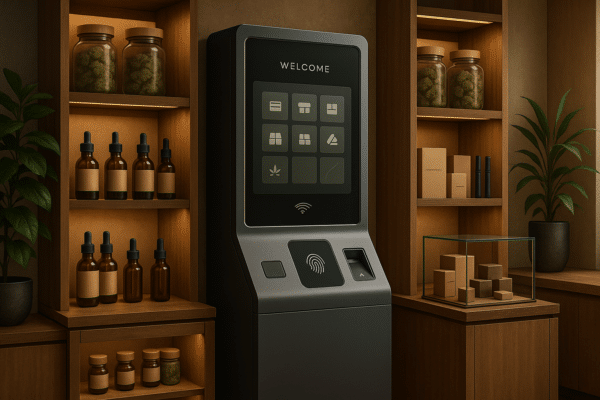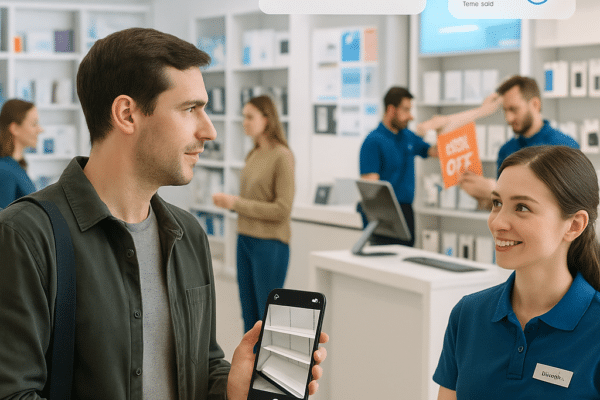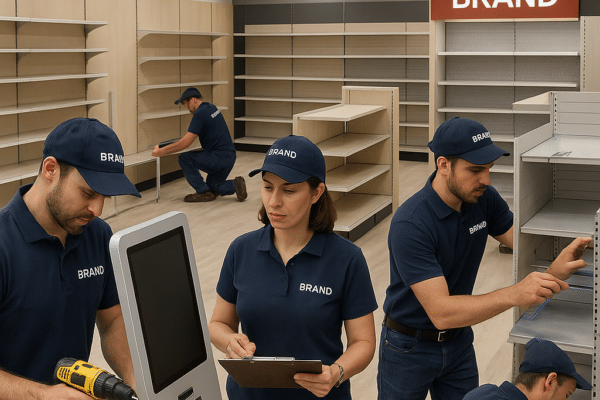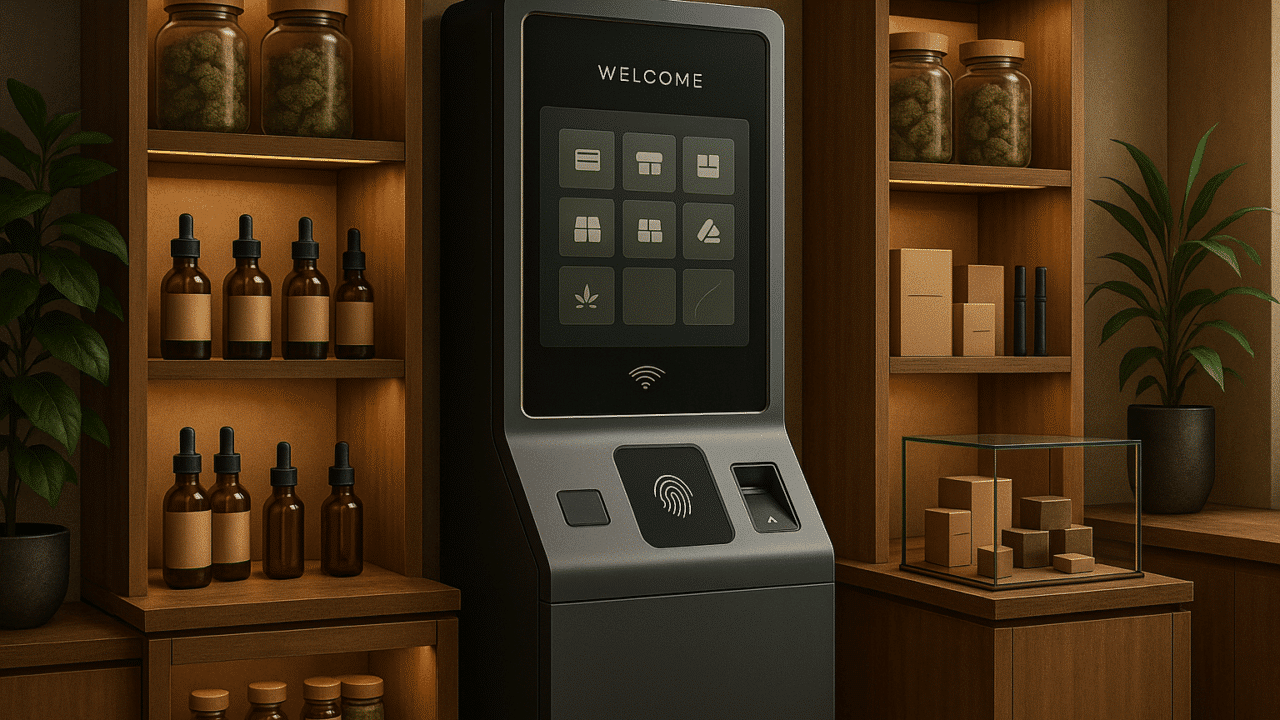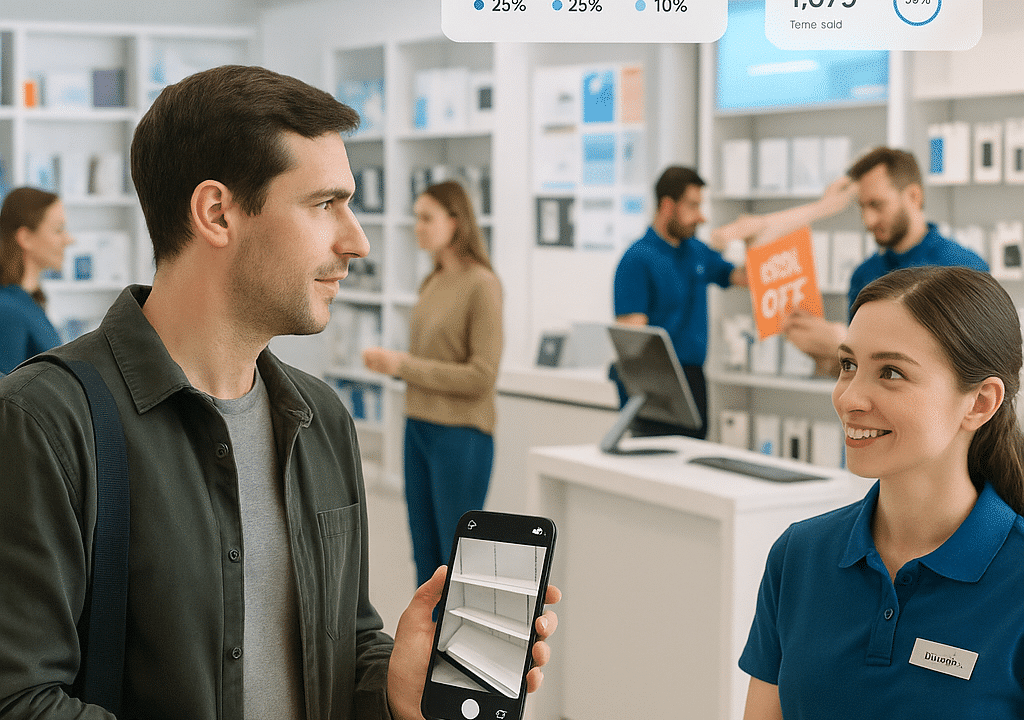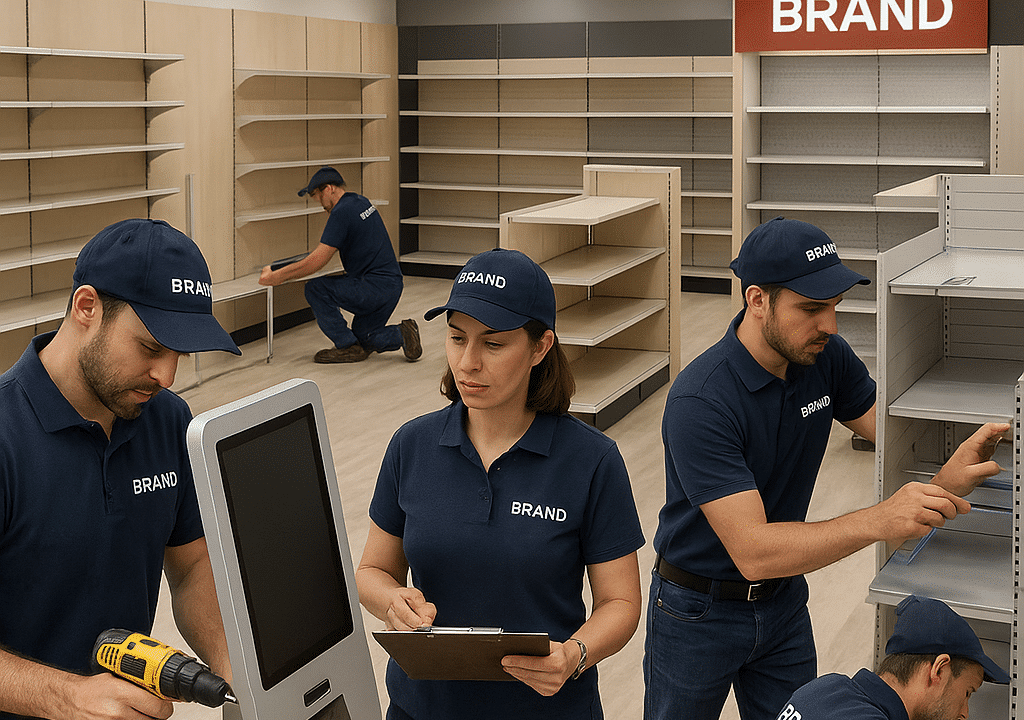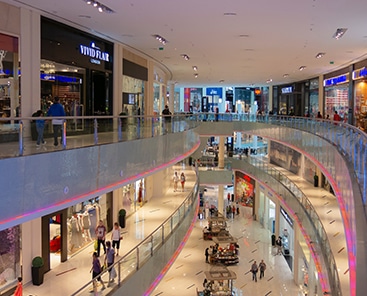
THREE MISCONCEPTIONS ABOUT RETAIL BRICK-AND-MORTAR IN 2020
Misconception 1: E-commerce is annihilating brick-and-mortar. This is simply not true — physical retail is alive and well. As I’ve referenced in previous articles, recent statistics show e-commerce sales are growing, but it’s only a fraction of overall sales; online sales only made up 13.7-percent of retail sales worldwide in 2019. On the flip side, brands that started online are now recognizing the value of opening physical stores.
JLL Research recently released a report that digital native brands are predicted to open 850 stores nationwide in the next five years. That’s evidenced by online retailers like eyeglass retailer Warby Parker, mattress retailer Casper, exercise equipment company Peloton and Amazon, who are all jumping on the bandwagon and opening stores to access more people and have the all-important omni-channel presence. E-tailers recognize there are certain things that you can do in a store, that you can’t do online: the need for more physical connections, interaction, and consultations to complement the online experience. E-commerce isn’t killing physical retail stores; it’s actually enhancing and contributing to its life.
I would agree that retailers who aren’t thoughtful will succumb to the notion that e-tail is killing them; but brick-and-mortar stores who are creative and devise valuable services and subscriptions into their strategy will survive. For example: office supply stores are now exploring phone repair, so while you’re waiting on your printing, they’re fixing the screen on your phone.
Misconception #2. Young people don’t go to retail stores and only want to buy online. Once again, this simply isn’t true. According to the latest Nielsen Category Shopping Fundamentals study, 60% of U.S. consumers’ fast-moving consumer goods decisions are still made at the shelf, and that includes the younger generation. A new survey by A.T. Kearney reveals that 81% of Gen Z prefers to shop in stores, and 73% like to discover new products in stores. And, even with tech-driven millennials, brick-and-mortar environments are not fading in importance. Research by behavioral marketing firm SmarterHQ shows “50% of millennials not only go to physical stores; they prefer going to them as a primary means of shopping.” Let that sink in.
However, digital and social media are very important to this generation who are always glued to their phones, so having a digital experience is mission-critical for retailers. In other words, a customer sees something on social media, but there’s an incentive to go into a store from VIP shopping experiences to special workshops. Also, creating Instagrammable-moments, like photo opportunities, help motivate the younger generation into stores. Since they’re always on their smartphones and using them to check prices and cross-reference products while shopping, stores can also offer customers free in-store Wi-Fi, once they’re there.
Misconception #3. Interaction is not important. While it’s true that people like the ease of buying from their smartphones or computers, interaction is something that you can’t get online. Physical interaction with people is still important, as well as seeing, feeling and touching an item. What’s changing is the way retailers interact. For instance, Chanel recently opened Chanel Fragrance and Beauté Boutique at Brickell City Centre in Miami, with a first in the U.S. digital interactive fragrance experience, where clients are able to refill the five best-selling fragrances exclusively at the boutique. There’s also an immersive discovery makeup and skincare area, where beauty lovers can play with the latest products, and those who want more guidance can even attend master classes. Other examples include major retailers who are now selling popular online mattress brands in stores where customers can try them, before making a purchase. At the popular Warby Parker stores, where you can have an eye exam, they offer the experience to try on and pick out glasses, and then have them delivered to you.
While a new year and ever-evolving technology are sure to bring a new set challenges for retailers, staying on top of trends and being creative with an omni-channel approach will help brick-and-mortar stores not only survive, but thrive.
T-ROC offers fully integrated planogram maintenance along with a myriad of other services and tools. To find out more ways to succeed and drive sales, check out our post on How to Make an Aisle End Cap Display that Drives Sales.


